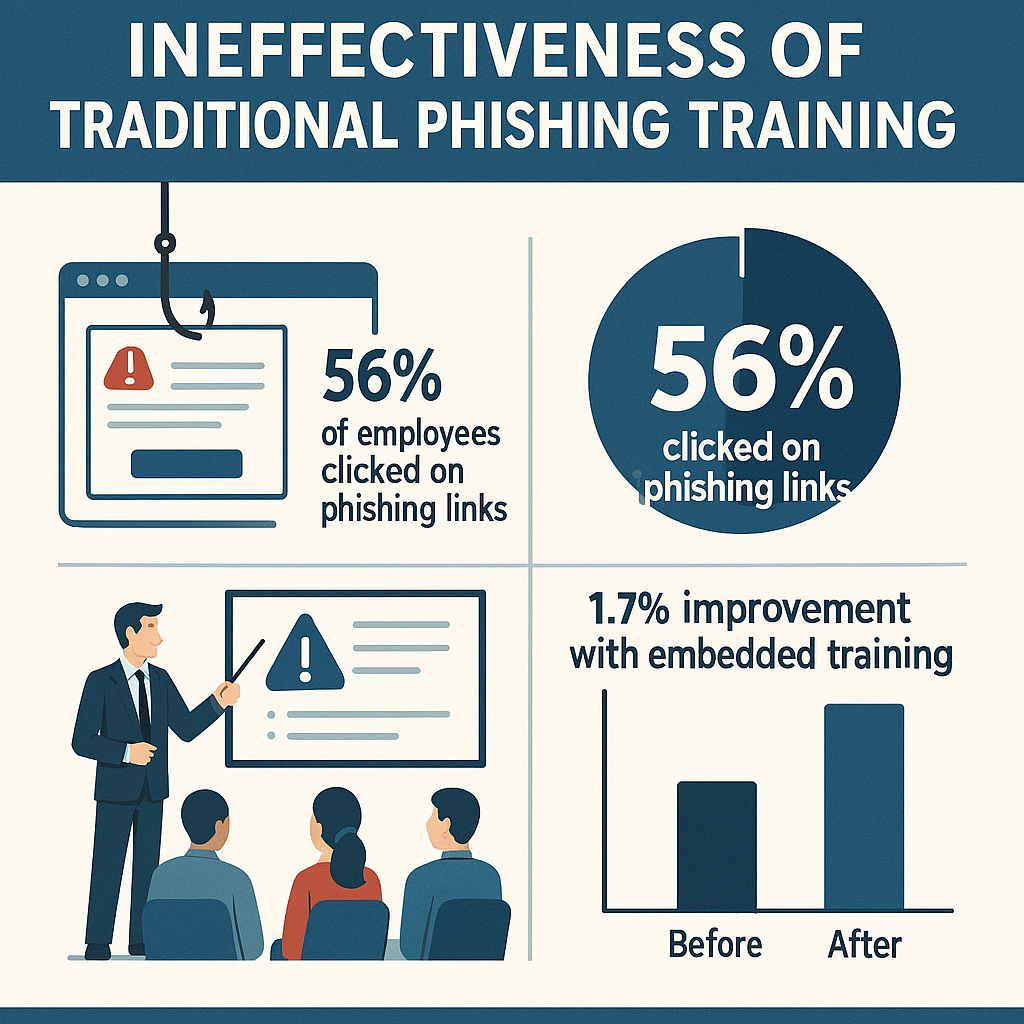The Effects of a Black Hole on a Network System
Introduction
In computer networking, the term black hole does not refer to the cosmic phenomenon in outer space. Instead, it describes a situation where data packets are sent into a part of the network but never reach their destination. Much like how a cosmic black hole absorbs light, a network black hole silently consumes information without acknowledgment or error messages. Understanding the effects of a black hole on a network system is crucial for maintaining performance, ensuring data integrity, and preventing security vulnerabilities.
This article explores what a black hole in networking means, its causes, its impact on network systems, and effective strategies to detect and prevent it.
What Is a Black Hole in a Network System?
A black hole in a network system occurs when incoming data packets are dropped instead of being forwarded to their intended destination. Unlike typical network failures that produce error messages or timeouts, black holes provide no feedback, making detection challenging.
These black holes may arise due to:
- Misconfigured routing tables
- Firewalls dropping packets silently
- Routing loops or unreachable destinations
- Malicious attacks designed to disrupt communication
The silent nature of a black hole can create major operational issues, especially in large-scale enterprise networks.
The Effects of a Black Hole on a Network System
1. Data Loss Without Warning
One of the most direct effects of a black hole on a network system is data loss. When packets vanish without acknowledgment, applications may continue sending requests, unaware that information is not being delivered. This can lead to incomplete file transfers, interrupted streaming, or corrupted communication between servers.
2. Reduced Network Performance
Performance degradation is another major consequence. Since lost packets are not reported, the sending system often keeps resending data, consuming bandwidth unnecessarily. This increases network congestion and slows down overall system efficiency.
3. Difficulty in Troubleshooting
Because a black hole does not provide explicit error notifications, troubleshooting becomes difficult. Network administrators may waste time investigating unrelated issues before identifying the true source of packet loss. This delay can lead to extended downtime in critical systems.
4. Security Vulnerabilities
Black holes can also expose networks to security risks. Attackers sometimes exploit routing black holes to intercept or discard traffic, creating denial-of-service conditions. Without proper monitoring, malicious activity can remain undetected for long periods.
5. Routing Instability
Another effect of a black hole on a network system is instability in routing. If routers continually attempt to send packets into unreachable paths, routing loops and inconsistencies can develop. This not only affects the target traffic but also disrupts unrelated services across the network.
Black Hole Attacks in Networking
A black hole attack occurs when a malicious node deliberately drops packets instead of forwarding them. This type of attack is particularly common in wireless ad hoc networks, where routing depends on trust between nodes.
Key impacts include:
- Denial of service for targeted applications
- Manipulation of routing tables to misdirect traffic
- Increased vulnerability in decentralized networks
By intentionally discarding data, attackers can disrupt communication, slow down systems, and compromise reliability.
Detecting a Black Hole in a Network System
Since black holes are silent failures, detection requires proactive monitoring and testing. Techniques include:
- Traceroute Analysis: Helps identify where packets disappear in the network path.
- Ping Testing: Continuous monitoring of connectivity to verify whether packets are reaching their targets.
- Network Monitoring Tools: Advanced software solutions can identify unusual drops in traffic.
- Intrusion Detection Systems (IDS): Detects suspicious packet drops that may indicate malicious black hole activity.
Early detection is vital to limit the effects of a black hole on a network system and restore normal operations.
Preventing Black Holes in Network Systems
1. Proper Configuration
Correctly setting up routing tables, firewalls, and access control lists reduces the risk of accidental black holes. Regular configuration audits can prevent human error from causing packet drops.
2. Redundant Routing
Implementing redundant paths ensures that if one route leads to a black hole, traffic can automatically reroute through another available path.
3. Security Measures
Encryption, secure authentication, and continuous monitoring help reduce the risk of malicious black hole attacks. Firewalls and IDS solutions can also block unauthorized attempts to intercept or discard packets.
4. Regular Testing
Network simulations and stress tests reveal weaknesses that could lead to packet drops. By performing tests regularly, administrators can identify vulnerabilities before they affect live systems.
Real-World Implications of Black Holes in Networking
The effects of a black hole on a network system extend beyond technical inconvenience. For businesses, undetected packet loss can result in financial losses, reduced customer trust, and disrupted operations. For cloud-based services, black holes may delay application performance and impact service-level agreements.
In industries such as healthcare, banking, or telecommunications, even minor disruptions caused by black holes can have serious consequences. Ensuring reliability is therefore not just a technical requirement but a business necessity.
Conclusion
The effects of a black hole on a network system are far-reaching, from silent data loss to serious security vulnerabilities. Because black holes drop packets without warning, they complicate troubleshooting and create hidden risks for organizations.
By understanding their causes, impacts, and prevention strategies, businesses can safeguard their digital infrastructure against these silent failures. With proper monitoring, configuration, and security measures, network administrators can minimize disruptions and maintain reliable communication across systems.




Comments are closed